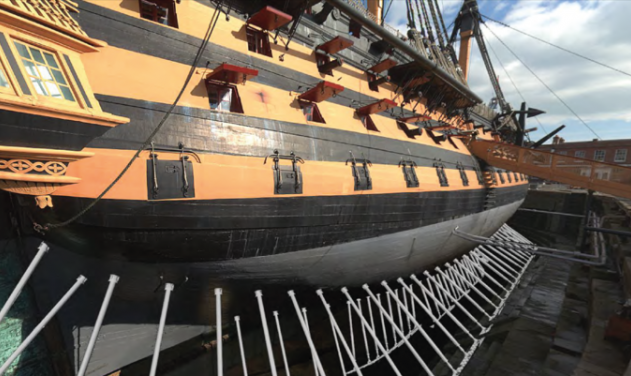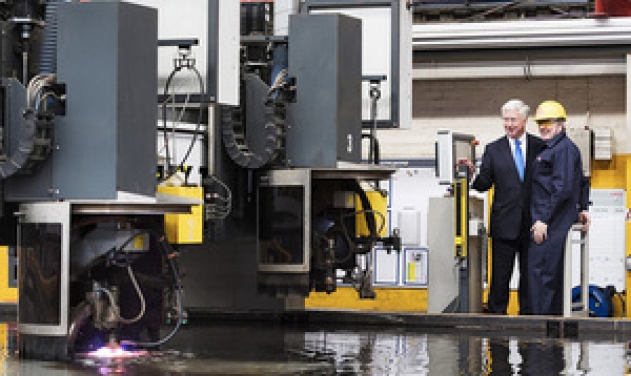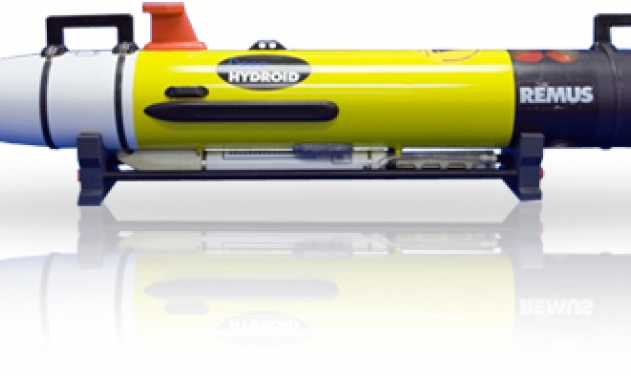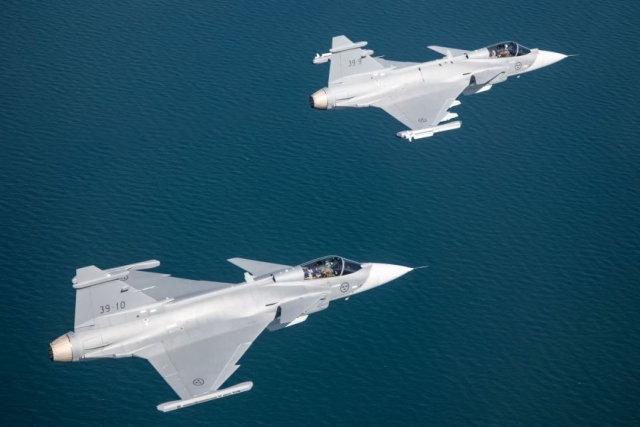Royal Navy Unveils Futuristic Submarine Concept Capable Of Launching Unmanned Underwater Vehicles
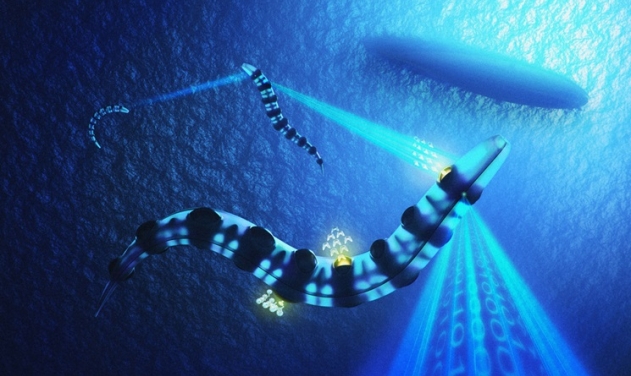
The Royal Navy has unveiled a series of futuristic submarine concepts which mimic real marine lifeforms aimed to change the world's future underwater combat environment.
British engineers have come up with a concept based on a crewed mothership capable of launching unmanned underwater vehicles shaped like eels and carrying sensor pods which dissolve on demand to avoid enemy detection, and fish-shaped torpedoes sent to swarm against enemy targets.
The project, named Nautilus 100, was set up to mark the 100th anniversary of the launch of the USS Nautilus, the world's first nuclear-powered submarine.
Defence Minister Harriett Baldwin said: "These remarkable designs display the great promise of our young engineers and scientists and the great ambition of the Royal Navy.
"This kind of innovation is at the heart of defence and the UK's world-leading capability. That's why we are using our rising budget to invest in high-tech capability to keep our Armed Forces at the cutting-edge, and our £800 million Innovation Fund aims to take advantage of exactly these kinds of futuristic ideas," Baldwin said.
The whale shark/manta ray-shaped mothership would be built from super-strong alloys and acrylics, with surfaces which can morph in shape. With hybrid algae-electric cruising power and propulsion technologies including tunnel drives which work similarly to a Dyson bladeless fan, the submarine could travel at unprecedented speeds of up to 150 knots.
This mothership would be capable of launching unmanned underwater vehicles shaped like eels, which carry pods packed with sensors for different missions. These pods can damage an enemy vessel, or dissolve on demand at the end of an operation to evade detection.
Rear Admiral Tim Hodgson, the Ministry of Defence's Director of Submarine Capability, said: "We want to encourage our engineers of the future to be bold, think radically and push boundaries. From Nelson's tactics at the Battle of Trafalgar to Fisher's revolutionary Dreadnought battleships, the Royal Navy's success has always rested on a combination of technology and human skill.
"The pace of global innovation is only going to increase, so for the UK to be a leader in this race it needs to maintain its leadership in skills and technology. Hopefully this project has inspired the next generation of British scientists to be bold in their ambitions and I congratulate them for their inspiring work."
Unlike the submarines of today, which perform multiple roles in one hull, it is envisaged that the Royal Navy of the future would operate a family of submarines of various shapes and sizes, both manned and unmanned, to fulfill a variety of tasks.
